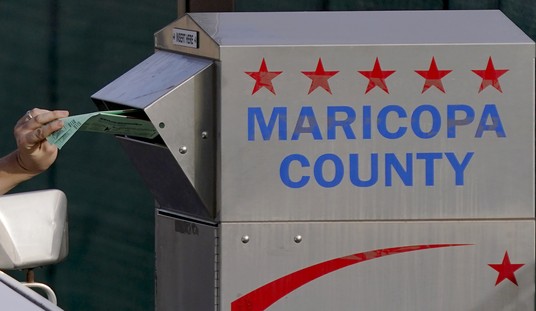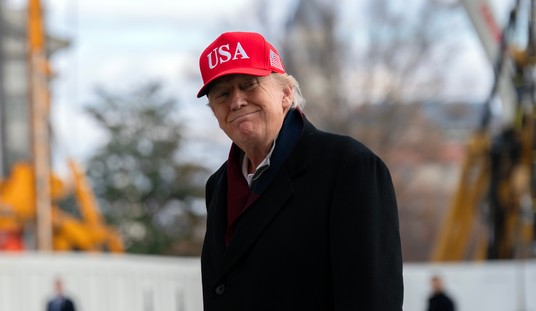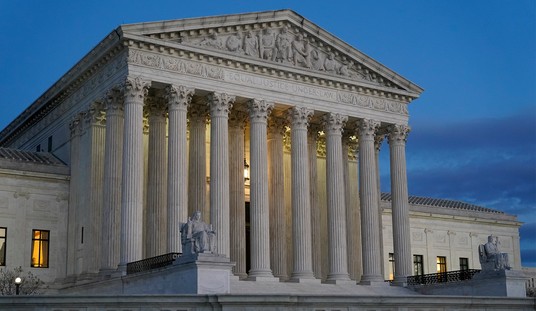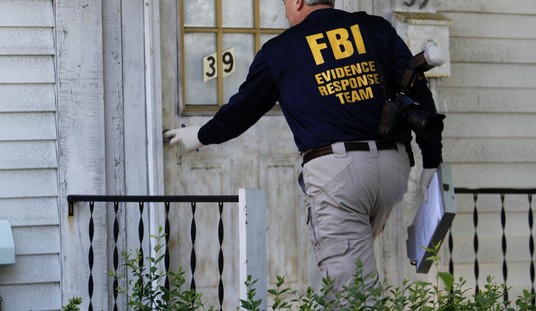After a crash tested Chevy Volt burned in a National Highway Traffic Safety Administration storage facility three weeks following the crash test, that agency is now working with automakers to possibly come up with rules to protect people that handle electric vehicles after a wreck.
The Detroit Free Press has reported that NHTSA is looking into issuing new safety rules for handling EVs with lithium-ion batteries after collisions. The electrolyte used in today’s Li-Ion batteries are is flammable. During the test, crashing the Volt sideways into a telephone pole at 20 mph, a piece of metal perforated the battery pack possibly causing a leak of those flammable materials. Then the car sat on the storage lot for three weeks without the battery being discharged and it’s possible that a spark ignited the electrolyte. Internally, GM protocols call for discharging the battery in the event of a serious collision. Every Volt has GM’s On-Star service and in the event of a collision serious enough to activate the airbags, Chevy is notified and dispatches a team to investigate the wrecked Volt and discharge the battery.
The Volt response team is one reason why information about discharging was not shared with NHTSA. GM’s procedures were in place for real world cars, not cars at testing facilities. Apparently, nobody at GM thought to tell NHTSA and nobody at NHTSA thought to ask GM about special procedures for their extended range EV.
Continue reading the complete post here.
When he’s not busy doing custom machine embroidery at Autothreads Ronnie Schreiber edits Cars In Depth and contributes to The Truth About Cars and Left Lane News










Join the conversation as a VIP Member